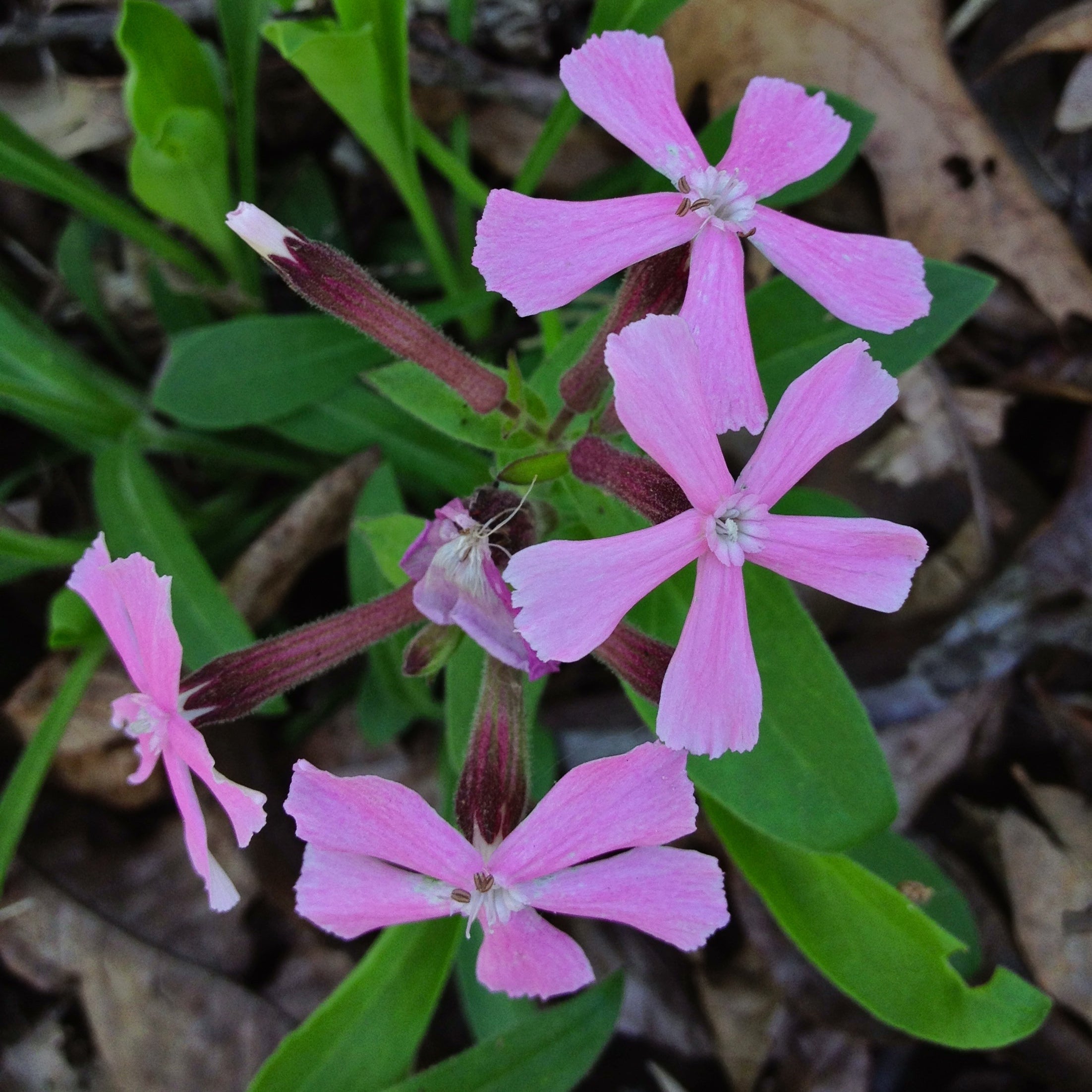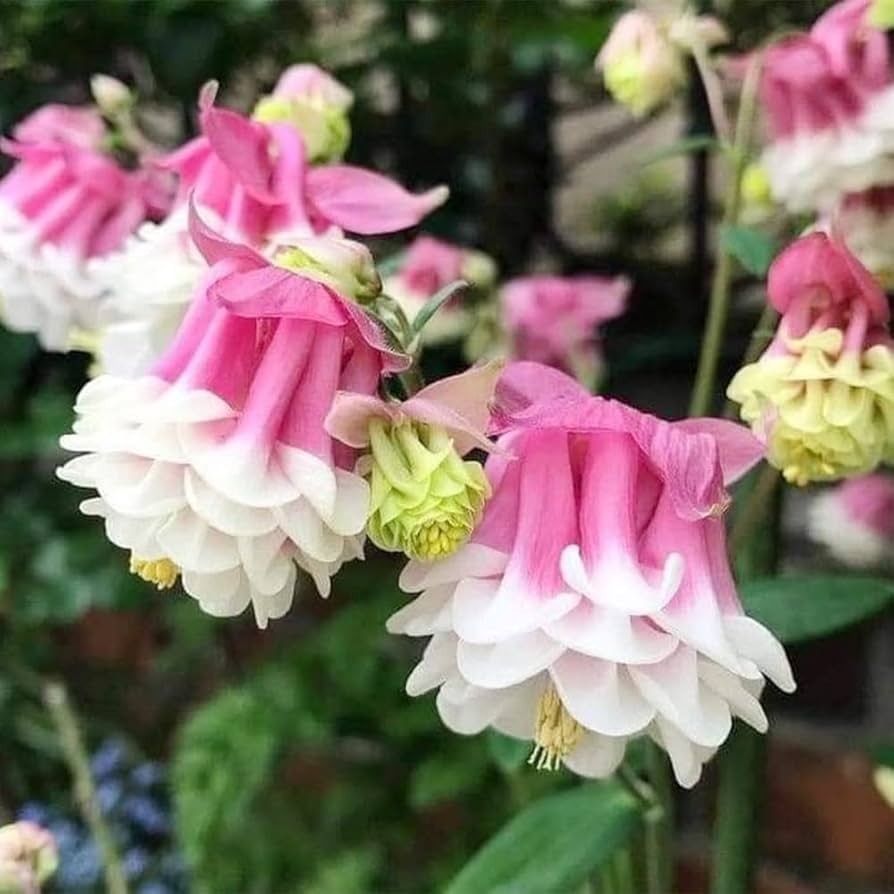I girasoli sono uno dei fiori più iconici e gratificanti da coltivare. I loro steli imponenti, i petali giallo vivace e la capacità di attirare gli impollinatori li rendono i preferiti tra i giardinieri domestici. Se vuoi creare una spettacolare esposizione floreale, sapere quando e come seminare i semi di girasole è essenziale per massimizzare la fioritura.

Perché coltivare girasoli da semi?
I girasoli coltivati da semi tendono a essere più resistenti e ad adattarsi meglio alle condizioni locali del terreno e del clima. Coltivare da seme offre anche una vasta gamma di opzioni—girasoli giganti, tipi nani e ibridi colorati non spesso disponibili come piantine.
Il momento migliore per seminare i semi di girasole
Il tempismo è cruciale per garantire piante forti e fioriture abbondanti.
-
Semina i semi di girasole in primavera, dopo l'ultima gelata nella tua regione.
-
La temperatura del terreno dovrebbe essere almeno 18°C (65°F) per una germinazione di successo.
-
Nelle regioni più calde, la semina può iniziare già a marzo o aprile.
-
Nei climi più freschi, da maggio a inizio giugno è l'ideale.
Per una stagione di fioritura più lunga, scagiona le semine ogni 2–3 settimane fino a metà estate.
Dove Seminare i Semi di Girasole
Scegli una posizione che riceva pieno sole per almeno 6–8 ore al giorno. Più luce solare ricevono i girasoli, più crescono alti e vigorosi.
-
Usa un terreno ben drenato arricchito con compost.
-
Evita aree ombreggiate o terreni troppo compatti.
-
Scegli una posizione riparata se coltivi varietà alte, poiché i venti forti possono farle cadere.
Come Seminare i Semi di Girasole

1. Prepara il Terreno
Allenta il terreno fino a una profondità di 2–3 pollici e mescola compost o fertilizzante organico. Rimuovi pietre o detriti che potrebbero ostacolare la crescita delle radici.
2. Pianta i Semi
-
Semina i semi a 1 pollice di profondità e a circa 6 pollici di distanza.
-
Se pianti in file, lascia 18–24 pollici tra le file.
-
Copri leggermente con il terreno e annaffia delicatamente.
3. Irrigazione
-
Mantieni il terreno uniformemente umido durante i primi 7–10 giorni fino alla germinazione.
-
Una volta stabilite, annaffia in profondità ma con poca frequenza per favorire radici forti.
4. Diradamento
Quando le piantine sono alte 4–6 pollici, diradale a 12–18 pollici di distanza per le varietà più grandi. Piante troppo ravvicinate possono portare a fiori più piccoli e steli più deboli.
Consigli per massimizzare la fioritura dei girasoli
-
Concima leggermente: Troppo azoto può causare eccesso di fogliame con meno fioriture. Usa un fertilizzante organico bilanciato.
-
Proteggi le piante giovani: Uccelli, scoiattoli e lumache possono attaccare le giovani piantine. Usa reti o pacciamatura come barriera.
-
Sostieni le varietà alte: Sostieni i girasoli se crescono oltre 1,5 metri o in zone ventose.
-
Elimina i fiori appassiti: Per incoraggiare più fioriture nelle varietà ramificate, rimuovi i fiori sfioriti.
-
Coltiva in successione: Pianta ogni poche settimane per godere di fioriture continue durante tutta la stagione.

Piante compagne per i girasoli
Girasoli crescono bene insieme a:
-
Mais e fagioli, poiché forniscono struttura.
-
Cetrioli e meloni, che beneficiano di un'ombra parziale alla base.
-
Tagete, che aiutano a tenere lontani i parassiti.
Evita di piantarli troppo vicino alle patate, poiché possono competere per i nutrienti.
Raccolta dei capolini di girasole
Se stai coltivando girasoli per i semi, aspetta fino a:
-
Il retro del capolino diventa marrone.
-
I semi appaiono pieni e sciolti.
-
Taglia e appendi i capolini a testa in giù in un'area asciutta e ventilata per farli asciugare completamente.
Puoi anche lasciare che gli uccelli si godano naturalmente i semi direttamente sullo stelo.
Considerazioni finali
Sapere esattamente quando e come seminare semi di girasole aiuta a garantire piante vigorose e fioriture sorprendenti per tutta l'estate. Dai grandi capolini dorati ai tipi più piccoli e ramificati, i girasoli portano gioia, bellezza e biodiversità in ogni giardino.
Sfoglia un'ampia selezione di semi di girasole premium su PureAsiaSeeds.com e inizia oggi il tuo viaggio luminoso e fiorito.








